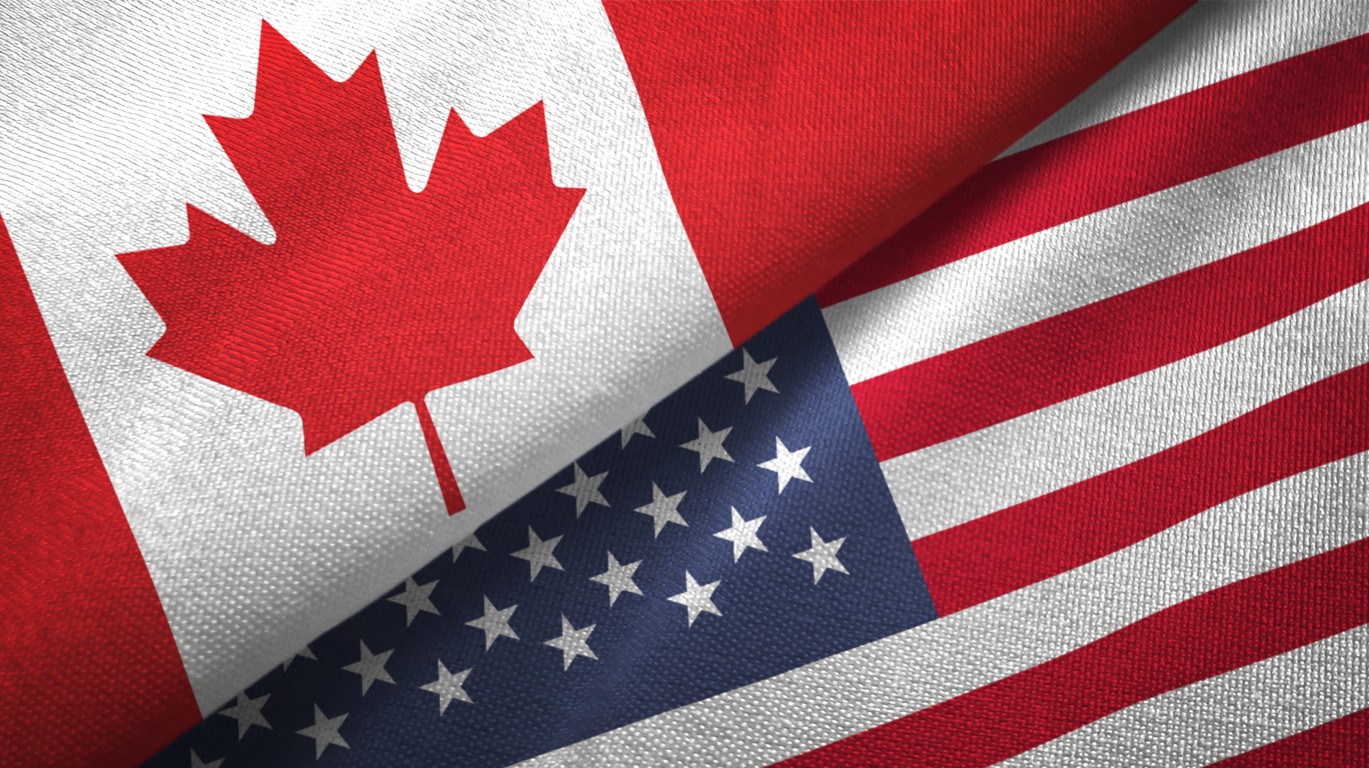

A nation’s measurement of its gross domestic product is considered to be the primary yardstick used to measure the overall state of the economy. While the unemployment rate may matter just as much at the street level, particularly to those who are unemployed, GDP is what is used to measure economic expansion or recessions. The United States and Canada have both seen massive snapback numbers in third-quarter GDP for 2020.
It turns out that Canada’s GDP recovery was even more impressive than that in the United States in terms of percentages. Canada’s economy expanded at a record 40.5% annualized rate during the third quarter of 2020. This measured to be 0.8% in monthly growth, and the Statistics Canada office noted that output remained about 5% below February’s pre-pandemic levels and before the economic lockdowns kicked in.
U.S. GDP’s revision announced the prior week was left static at a 33.1% growth rate, but this is after a 31.4% contraction in the second quarter of 2020. The strongest snapback recovery also was followed by the deepest percentage decline since being recorded back into the mid-1940s.
Tuesday’s news release will have knocked out two consecutive quarterly contraction levels. Similar to the United States, household spending in Canada also accounted for the bulk of GDP’s recovery. Canada’s third-quarter figure was 2 trillion Canadian dollars.
While the 40.5% reading was stronger than in the United States in the third quarter, Dow Jones had published a consensus forecast of 47%. As for the wide miss, some of this is explained by growth revisions that dated back years.
Canada’s central bank has pledged to keep interest rates near 0% until 2023. This is also after a renewed pledge from the Canadian government to another round of fiscal stimulus to keep reviving the economy.
Where Canada has not recovered as quickly is in its official unemployment rate. As of October 2020, the official unemployment rate was back down to 6.9% in the United States, after a total gain of 638,000 nonfarm jobs. The official unemployment rate in Canada was still up at 8.9%.
The economies of the United States and Canada are among the most intertwined in the world. Canada may have more exposure tied to resources, but many of the metrics overlap. Both economies also have spent a large portion of 2020 under lockdown measures to combat the COVID-19 pandemic.
Essential Tips for Investing: Sponsored
A financial advisor can help you understand the advantages and disadvantages of investment properties. Finding a qualified financial advisor doesn’t have to be hard. SmartAsset’s free tool matches you with up to three financial advisors who serve your area, and you can interview your advisor matches at no cost to decide which one is right for you. If you’re ready to find an advisor who can help you achieve your financial goals, get started now.
Investing in real estate can diversify your portfolio. But expanding your horizons may add additional costs. If you’re an investor looking to minimize expenses, consider checking out online brokerages. They often offer low investment fees, helping you maximize your profit.
Thank you for reading! Have some feedback for us?
Contact the 24/7 Wall St. editorial team.



